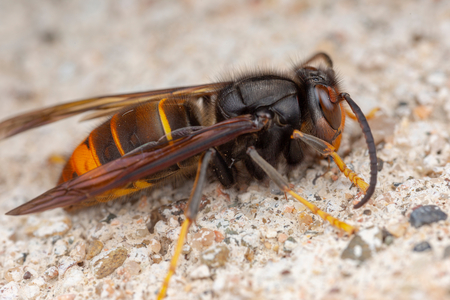The Threat of Asian Hornets to Ecosystems and Beekeeping

Introduction
The Asian hornet (Vespa velutina) has recently emerged as a growing concern in Europe and other regions due to its potential impact on local ecosystems and agriculture, particularly honey production. Originally hailing from Southeast Asia, these invasive pests have established populations in various countries, including France and Spain, raising alarms for beekeepers and environmentalists alike. The significance of addressing the spread of Asian hornets cannot be understated, as they pose a threat to native bee species and agricultural livelihoods.
Recent Expansion and Invasion
Since their first sighting in France in 2004, Asian hornets have been steadily increasing their range across Europe, with reports in the UK surfacing since 2016. The hornets are adept at building large nests, often found in trees and shrubs, and can easily adapt to various environments. As of 2023, sightings of Asian hornets have been confirmed in regions beyond their initial invasion points, including parts of the UK, raising significant concerns among beekeepers and ecology experts.
Impact on Honeybee Populations
One of the most alarming effects of the Asian hornet’s invasion is its detrimental impact on honeybee populations. Asian hornets are natural predators of honeybees, preying on them to feed their young. A single Asian hornet can kill numerous honeybees in a single day, jeopardising entire colonies. This predation not only threatens the survival of honeybees but also disrupts pollination services essential for various crops and wild plants.
Management and Control Efforts
Efforts to manage and control the Asian hornet invasion have been initiated across Europe as local governments and beekeeping associations collaborate to develop strategies. Traps baited with sugar water or proprietary attractants are commonly used to reduce their numbers. Additionally, public awareness campaigns are crucial for encouraging citizens to report suspected sightings to assist in tracking their expansion. Research into biological control methods is also being explored to find sustainable solutions against this invasive species.
Conclusion
The Asian hornet serves as a reminder of the delicate balance within ecosystems and the potential consequences of invasive species. As these hornets continue to spread, the importance of vigilant monitoring and proactive management cannot be overstated. Beekeepers, environmentalists, and the general public must work collaboratively to mitigate the risks posed by Asian hornets. By doing so, there is hope to preserve native bee populations and protect the vital services they provide to our environment and agriculture.









